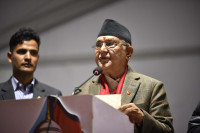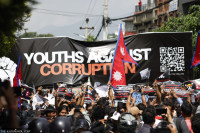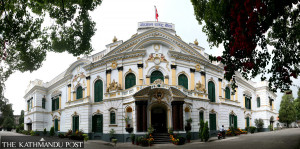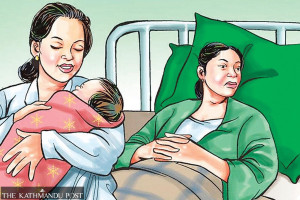Columns
Don’t waste the chance
The new government must build on people’s trust in it to solve the valley’s waste problem.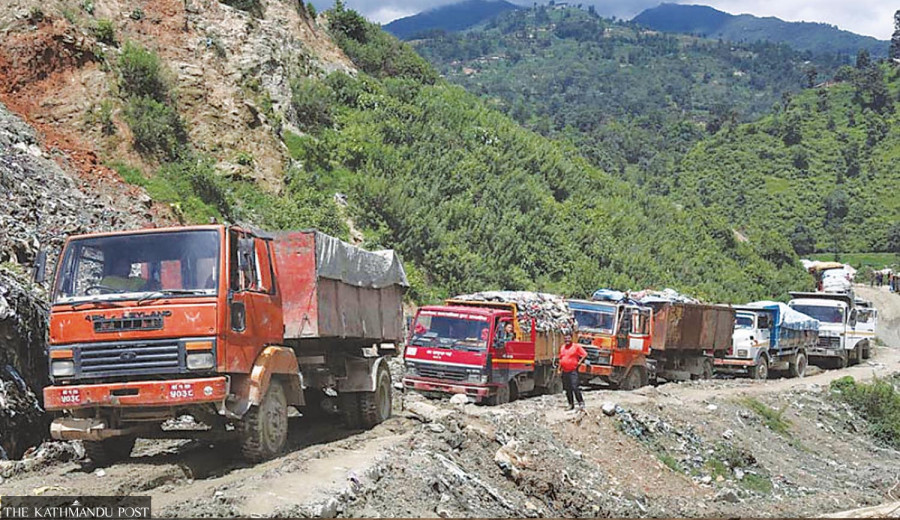
Last Wednesday, when locals from the Bancharedanda landfill site on the Nuwakot-Dhading border went on a strike to prevent the waste of Kathmandu Valley and parts of Kavrepalanchok from entering the area, there was a sense of déjà vu. After all, whenever Kathmanduites don’t hear the whistles of garbage trucks tooting outside their doors, uncollected waste piles up in their surroundings for several weeks or even months. Yet the strike was called off on Sunday as the interim government swiftly responded to the problem. Minister for Urban Development Kulman Ghising visited the site and pledged to address locals’ demands within two weeks. But can the new government really address this long-standing issue or will this also turn out to be just another empty promise?
Locals living near the landfill have repeatedly blocked waste-hauling trucks in order to press successive governments to fulfil their demands, which include the right to live unaffected by landfill sites, effective waste management at the landfill, jobs for locals and infrastructure development. This time, they asked for the withdrawal of the cases filed against local youths by the Kathmandu Metropolitan City (KMC) for damaging 18 garbage trucks three years ago. They also asked to fulfil an 18-point agreement, which includes the government acquiring the land affected by the landfill site by compensating the owners.
But the locals have time and again felt betrayed—and rightly so. Take, for instance, KMC Mayor Balendra Shah’s promise. Shah won the mayoral election partly by vowing to resolve the garbage issue, which has long been a headache for millions in Kathmandu Valley. After his victory, he even visited the Sisdole and Bancharedanda landfill and assured locals that he would take into account past agreements and address their new concerns. Yet, years later, both the current KMC administration and successive federal governments have failed to heed them.
Daily, more than 200 garbage trucks dump the waste collected from 18 local units of the Kathmandu Valley and parts of the Kavrepalanchok district at the landfill site. Of the 1,200 metric tons of solid waste dumped, 50 percent is from the KMC alone. This waste has transformed the areas around the landfill into a living hell, as locals complain of health problems, such as respiratory and skin diseases, and other issues like low crop productivity, disease in animals, an increased number of flies and school disturbances. Thus, their fundamental right to live in a healthy and safe environment is being compromised. Even as the Ministry of Urban Development initially reached out to the agitators, they demanded that Minister Ghising visit the landfill area first. This speaks of people’s faith in the new government. The government must build on this trust to find sustainable solutions.
Besides these immediate plans, as a long-term solution, there must be more emphasis on segregation of organic and inorganic waste at their source and recycling as dumping in landfill sites is not a sustainable solution to Kathmandu’s solid waste management. As mandated by the Solid Waste Management Act of 2011, the KMC also tried to segregate waste at its source, but it failed to implement the rule despite many attempts. Investing time and resources in this cause will benefit the government, residents living near landfill sites as well as Kathmanduites. Bancharedanda people’s basic rights can no longer be compromised for the capital’s convenience.




 9.12°C Kathmandu
9.12°C Kathmandu


